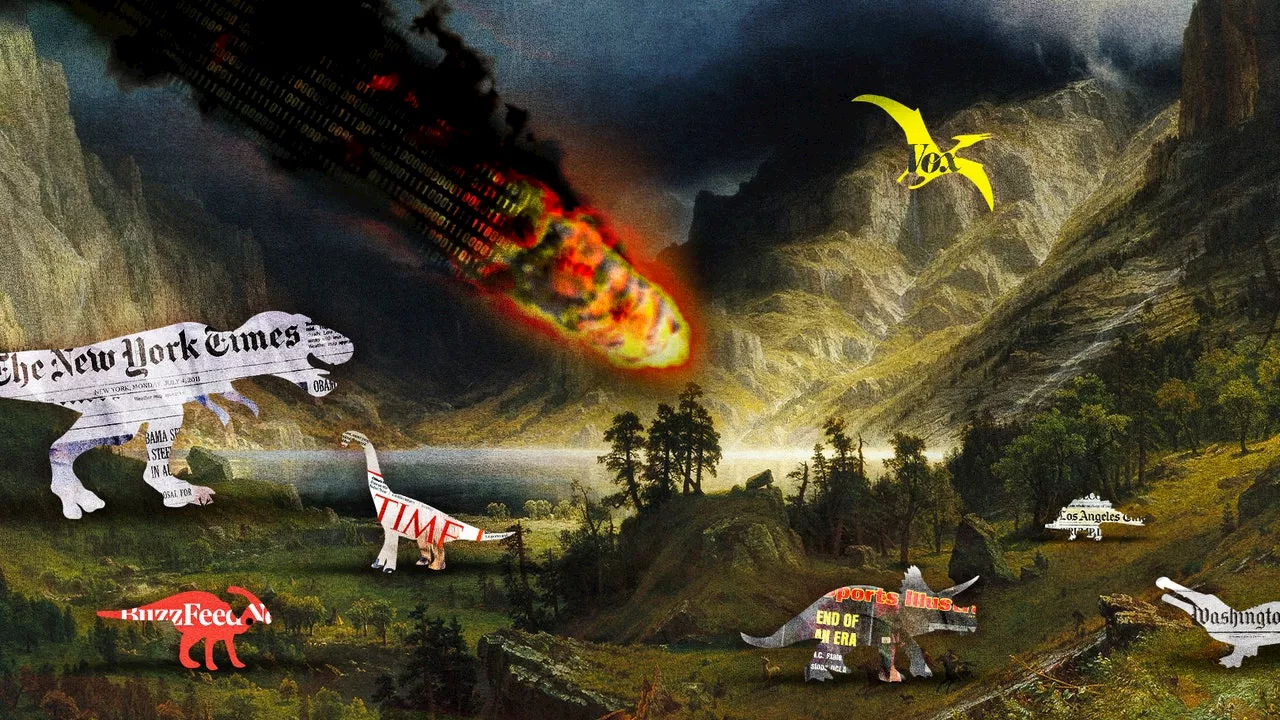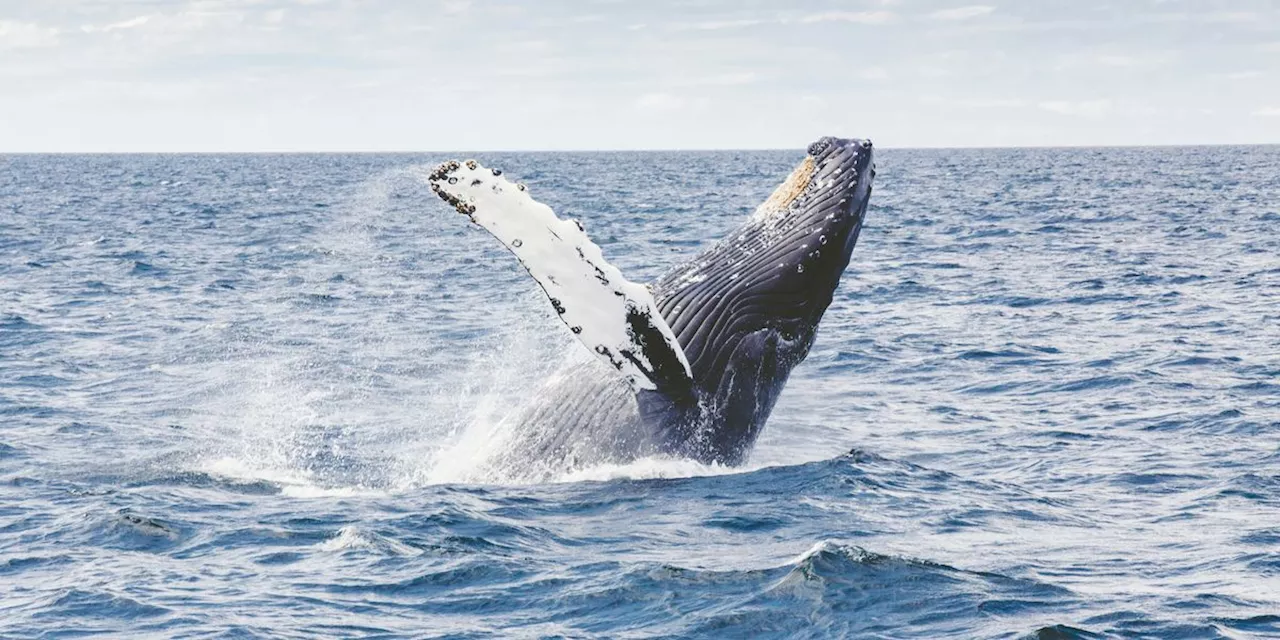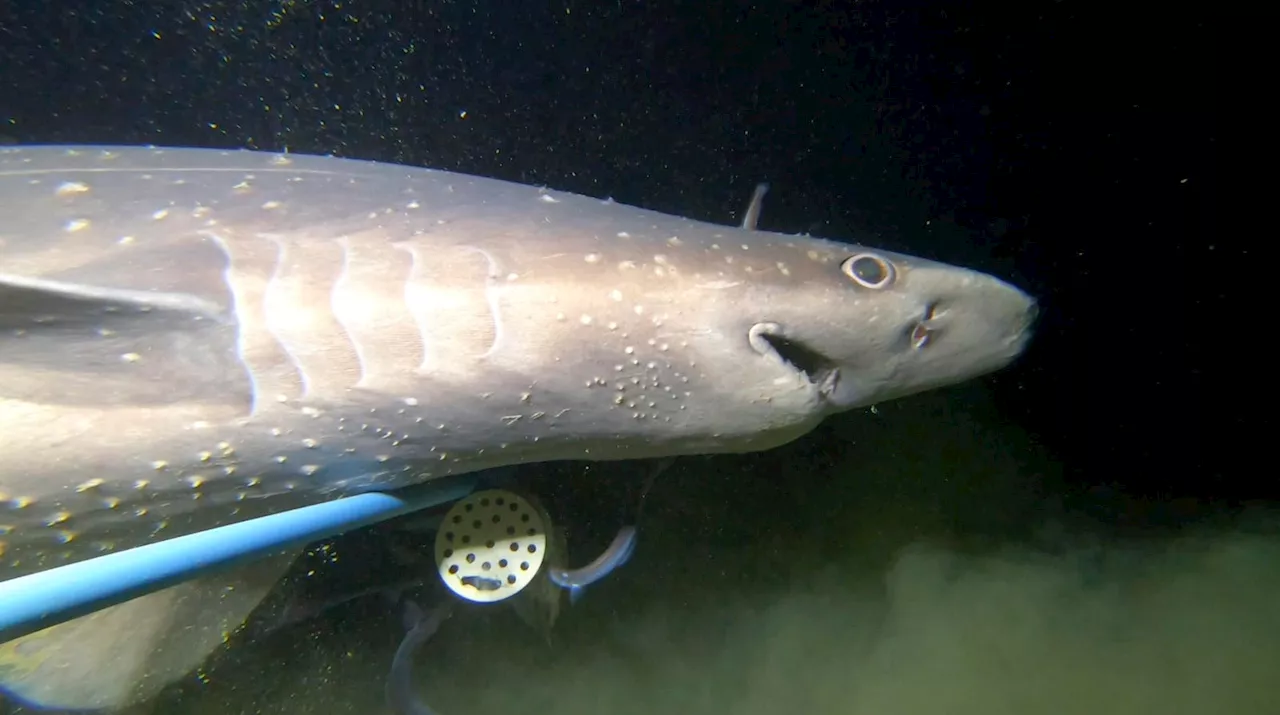Known as the 'Mother of Sharks,' I'm a Latina marine biologist who has a lot of labels: science communicator, conservationist, author, educator, podcaster, television presenter. You might have seen me on Discovery Channel's Shark Week, National Geographic, BBC Wildlife, heard my TEDx talk or read my Scholastic books.
Opinions expressed by Forbes Contributors are their own.has shed light on the precarious situation facing deepwater sharks and rays. Led by a team of experts from around the world, the study reveals alarming statistics: one in seven deepwater sharks and rays are on the brink of extinction, according to the criteria set by the International Union for Conservation of Nature Red List of Threatened Species.
The primary threat to these deepwater giants is one similar to their shallow-water counterparts: overfishing, particularly as unintended victims of commercial fisheries targeting other species. Their meat and liver oil are prized commodities, driving a global trade that is pushing these creatures to the edge of oblivion. What makes deepwater sharks and rays particularly vulnerable is their unique biology.
Dr. Rima Jabado, Deputy Chair of the IUCN Species Survival Commission and Chair of the IUCN SSC Shark Specialist Group, stresses the urgent need for action: “Our results highlight that it is time to think about regulating liver oil trade. There has been enormous success in regulating the shark fin trade but trade and fishing regulations specific to deepwater sharks and rays are urgently needed. Deepwater sharks and rays have been out of sight, out of mind for too long.
The researchers also explored two strategic approaches aimed at halting and reversing the declines observed among threatened deepwater sharks and rays, aligning with the Convention on Biological Diversity's"30 by 30" framework of spatial protection commitments. The first approach evaluates the advantages of implementing a global depth limit, restricting fishing activities below a designated depth . The second approach assesses the benefits of establishing spatial no-take areas .
“Trade and fishing regulations specific to deepwater sharks and rays are needed to ensure legal, traceable, and sustainable trade and prevent further endangerment,” the team concludes. “We have the evidence to act more proactively for the deep ocean and learn from the mistakes that have driven more than half of coastal and pelagic species to be threatened.
Norge Siste Nytt, Norge Overskrifter
Similar News:Du kan også lese nyheter som ligner på denne som vi har samlet inn fra andre nyhetskilder.
 Norwegian Evoy Collaborates with Zebuz to Help Maritime Journeys Pristine, Silent & Greenground-breaking Norwegian tech companies Zeabuz and Evoy have unveiled a revolutionary idea that simplifies, streamlines, and goes greener
Norwegian Evoy Collaborates with Zebuz to Help Maritime Journeys Pristine, Silent & Greenground-breaking Norwegian tech companies Zeabuz and Evoy have unveiled a revolutionary idea that simplifies, streamlines, and goes greener
Les mer »
 Is the Media Prepared for an Extinction-Level Event?Clare Malone writes about the increasingly bleak news-media environment, whose future will require fundamentally rethinking the press’s relationship to its audience.
Is the Media Prepared for an Extinction-Level Event?Clare Malone writes about the increasingly bleak news-media environment, whose future will require fundamentally rethinking the press’s relationship to its audience.
Les mer »
 Half of migratory animal species are in decline – many face extinctionThe first ever UN report into the state of migratory species suggests animals from sharks to sea birds face a bleak future
Half of migratory animal species are in decline – many face extinctionThe first ever UN report into the state of migratory species suggests animals from sharks to sea birds face a bleak future
Les mer »
 Human Activity Pushing More Than 1 in 5 Migratory Species Toward Extinction: UNJulia Conley is a staff writer for Common Dreams.
Human Activity Pushing More Than 1 in 5 Migratory Species Toward Extinction: UNJulia Conley is a staff writer for Common Dreams.
Les mer »
 UN Warns Human Activity Pushes Over 1 in 5 Migratory Species Toward ExtinctionIts new report shows that nearly half of migrating species are declining in population.
UN Warns Human Activity Pushes Over 1 in 5 Migratory Species Toward ExtinctionIts new report shows that nearly half of migrating species are declining in population.
Les mer »
 A Silent Epidemic: 22 Teens Died Each Week From Overdoses in the United StatesScience, Space and Technology News 2024
A Silent Epidemic: 22 Teens Died Each Week From Overdoses in the United StatesScience, Space and Technology News 2024
Les mer »
